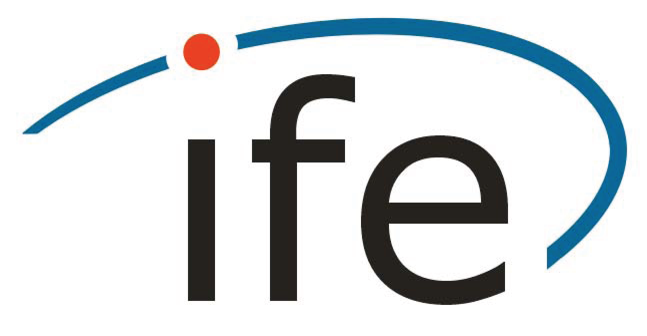How much ice is being lost in glacial areas? What has which impact on rising sea levels? How is the global water cycle changing? In order to answer these questions, precise measurement data on the transformation processes taking place as part of climate change is essential. The two satellites of the GRACE mission have been delivering this data since 2002. The Institute of Geodesy (IfE) at Leibniz University Hannover studies the GRACE satellites’ measurement system and analyses the measurement data. "Our group has now achieved the most precise results Germany-wide in the intricate but important lower levels of data processing and is contributing these findings to international cooperations," said Prof. Dr.-Ing. Jakob Flury of IfE, whose team has now developed a new approach to dealing with the signals from rapid redistributions of mass. The results have been published in the American Journal of Geophysical Research.
Such rapid redistributions of mass make it more difficult to process the data, particularly when they are shorter than the period during which the two satellites scan the earth. This occurs frequently with ocean tides, for example, which involve large movements of mass. The IfE group has developed innovative procedures for making the most critical ocean tide components visible in the satellite data. These procedures open up the potential of using the measurements from GRACE for a new method of modelling ocean tides and the accompanying sea-level changes.
Research background
Seasonal fluctuations in groundwater levels, climate-driven reductions in ice sheets and large earthquakes have a measurable impact on the earth’s gravitational pull. Today, these changes are recorded with the help of satellites. The underlying idea: Because the movement of satellites is influenced by the distribution of mass on earth, the precise position data for the satellites can be used to draw conclusions about these masses. This principle was further developed as part of the GRACE satellite gravimetry mission (2002–2017), which has been continued since 2018 through GRACE Follow-On. These missions have each involved two satellites, circling the earth at a flying height of approximately 450 km and at a distance of 220 km from one another. The satellite positions can be measured very precisely (thanks to GPS technology with centimetre-level accuracy), as can the distance between the two satellites. This can even be measured with micrometre-level accuracy, making it possible to observe the state of the earth’s gravitational field with a spatial resolution of a few hundred kilometres and a temporal resolution of roughly one month.
However, the movement of the satellites is caused not just by masses on the earth, but also by numerous disruptive effects. In order to eliminate these effects, models need to be applied to calculate them out of the distance data measured. Such effects include the attraction of the satellites by other celestial bodies, friction between the satellites and the atmosphere, and tidal effects caused by the moon and the sun. In particular, mass movements that occur over a period shorter than the monthly resolution of the gravity field products need to be modelled precisely. Model errors not only decrease the overall quality of the gravity field products, they can also cause high-frequency disruptive effects to be incorrectly interpreted as slow variations in mass.
The ocean tides represent a challenging effect. In order to obtain an exact model of ocean tides, numerical models are combined with the data from satellites that scan sea levels. But these satellites do not cover the polar and subpolar areas of the earth, which leads to model imprecisions in these regions. Additionally, ocean tide models exhibit weaknesses in coastal areas, where the interaction of tidal bores with the coastline are complex and the scans of the sea level are too coarse.
New findings
Using an alternative approach, the group from the LUH Institute of Geodesy has now been able to identify numerous critical tidal frequencies directly in the satellite distance data from GRACE and GRACE Follow-On, and to shed light on the associated spatial structures. In addition to the classical frequencies caused directly by the gravitational pull of the moon and the sun, the data also reveals little-known tidal frequencies. These include, for example, non-linear effects that occur close to the coast, tides caused by periodic atmospheric loading, and smaller, asymmetrical tidal components caused by the moon, the observation of which requires very long measurement series.
"Some of the effects discovered have never been observed in satellite data to date and have so far been completely neglected in ocean tide modelling. The study thus underscores the enormous potential of both satellite missions for the development of new ocean tide models," said Igor Koch, doctoral candidate at IfE and the study’s main author. He emphasised, "This, in turn, is a necessary step towards reducing the current error budget of earth observation data and thus obtaining a more complete understanding of mass redistribution on earth."
Original publication:
Koch, I., Duwe, M., Flury, J. (2024) Residual and unmodeled ocean tide signal from 20+ years of GRACE and GRACE‐FO global gravity field models. Journal of Geophysical Research: Solid Earth, 129(9):e2024JB029345. https://doi.org/10.1029/2024JB029345







